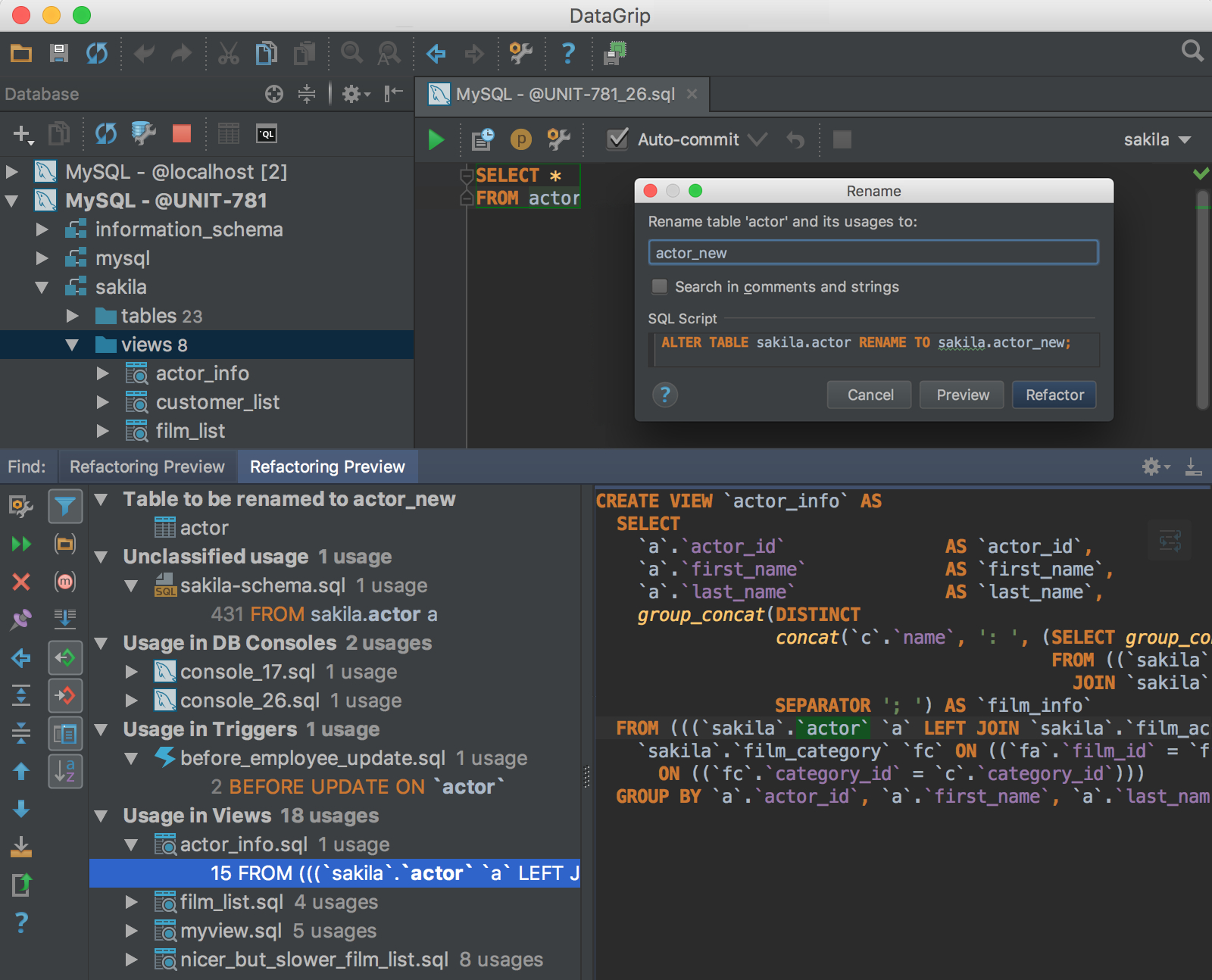

In DataGrip, you can manage these connections in the Data Sources and Drivers dialog ( File | Data Sources ). The data source includes a name and connection settings that are dependent on the data source type. What does a data source mean in DataGrip?ĭata source is the location of your data and can be a server or a DDL file. Finally, click the Test Connection button. See this article for detailed instructions. SQL Server (also see the troubleshooting tutorial ) If you are going to use DataGrip with a database we do not officially support (such as Teradata, Snowflake, or Firebird ), connect to it with the help of a JDBC driver. Alternatively, paste the JDBC URL in the URL field. At the bottom of the data source settings area, click the Download missing driver files link. In the Data Sources and Drivers dialog, click the Add icon () and select Azure SQL Database. In DataGrip, navigate to File | Data Sources Ctrl+Shift+Alt+S. Where do I find database connection in DataGrip? On the toolbar, click the Export Data icon ( ) and select Export to File.Right-click a query and select Export Data to &File.Right-click a result set, a table, or a view, select Export Data.You can view and modify data structures in your databases, and perform other associated tasks. In the Database tool window (View | Tool Windows | Database), you can work with databases and DDL data sources. ODBC-Open DataBase Connectivity is the most common general protocol for communication among various databases. What protocol is used to connect to a database? The user can determine which machine or machines he will use to access the web application.

Unlike desktop or client-server applications, web applications can be accessed anywhere using a web browser such as Microsoft Explorer, Google Chrome, or Apple Safari. For Server type, select Database Engine (usually the default option). If it doesn’t open, you can open it manually by selecting Object Explorer > Connect > Database Engine. The first time you run SSMS, the Connect to Server window opens. Connect to a SQL Server instance Start SQL Server Management Studio.


 0 kommentar(er)
0 kommentar(er)
